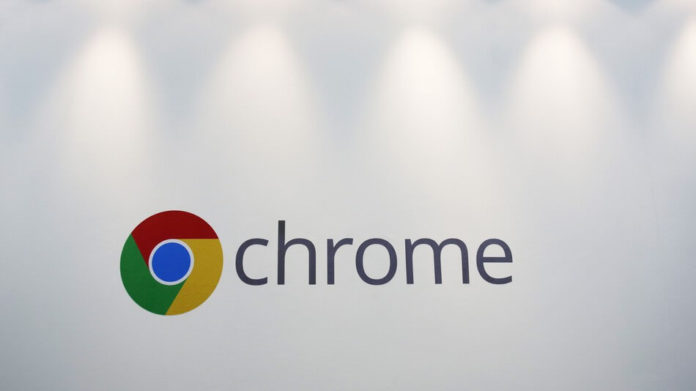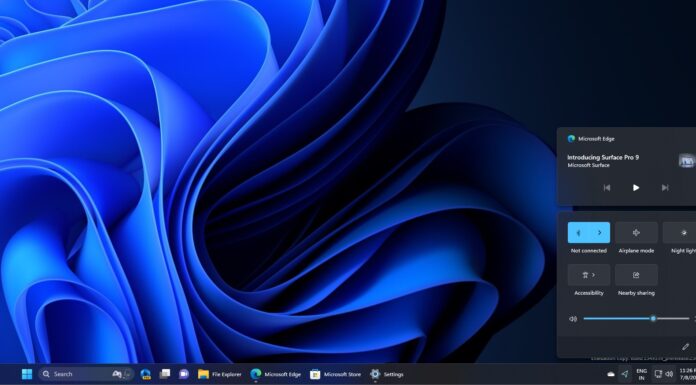Let’s talk about two facts. One, Google Chrome is the most popular and feature-rich browser out there. Two, Google Chrome is a memory hog. It eats into your RAM as if it is a tasty cookie. Google Chrome has received a ton of updates over the years and none of them reduced its RAM usage. But the latest update changes things. With Chrome 68, Google has finally added a feature to reduce its RAM usage.
The feature is called Page Lifecycle API. It reduces the RAM usage when you have multiple tabs open at the same time. It does this by suspending web pages that are in the background and also the ones you haven’t opened in a while. This reduces the RAM usage and the load on the CPU, making the browser less resource hungry.
Google released the Chrome 68 update last week but didn’t mention anything about the Page Lifecycle API. The web pages running in the background will be paused until you return back to the website.
“It allows browsers to more aggressively optimize system resources, ultimately benefiting all web users,” Philip Walton, a programmer working for Chrome explains.
“Browsers today already do take active measures to conserve resources for pages in background tabs, and many browsers would like to do a lot more of this to lessen their overall resource footprint. The problem is developers currently have no way to prepare for these types of system-initiated interventions or even know that they’re happening. This means browsers need to be conservative or risk breaking web pages,” says Google.
The obvious issue with low-cost devices is that they have limited memory, less processing power, and small storage space. But websites these days are getting more powerful and resource hungry. So the only thing that can be done is browser optimization.
Page Lifecycle in Google Chrome works the same way background apps are managed in smartphones. Apps that are not used frequently will be prevented to run in the background. But with browsers, there is a catch. The web developers would have to enable this in their websites for Google Chrome to do its magic.
The feature is also said to work on Progressive Web Apps (PWA) as said by Alex Russel in a Twitter post. That would mean better performance for PWAs.
PWAs can use the new page lifecycle APIs to store state and rehydrate like native apps. Exciting! https://t.co/VCl4iqTCKM
— Alex Russell (@slightlylate) July 26, 2018
Update Google Chrome to the latest version by going to the Settings and clicking on About option.






















